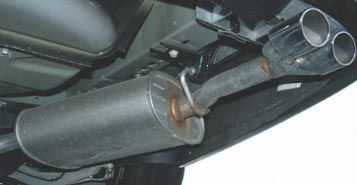How Cars Work
-
Introduction - How Cars Work
-
Objectives - How Cars Work
-
Automotive Timeline3 Topics
-
How Cars Work6 Topics
-
Fuels and Designs3 Topics
-
Engine Identification2 Topics
-
Vehicle Identification6 Topics
-
Parts and Systems2 Topics
-
Careers3 Topics
-
Summary - How Cars Work
-
Activities - How Cars Work2 Topics
-
Review - How Cars Work
-
Test - How Cars Work1 Test
Parts that work together to perform a specific task make up a system.
Electrical System
The job of the electrical system is to deliver electricity throughout the vehicle to various lights, motors, relays, and switches.

Lubrication System
The lubrication system moves oil throughout the engine to reduce wear.

Fuel System
Using fuel lines, injectors, and a fuel pump, the fuel system supplies the engine with the correct amount of fuel and air.

Cooling System and Climate Control
The cooling system carries away excess heat from the engine. Climate control is used to condition the air in the passenger’s cabin.
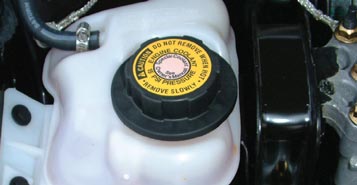
Ignition System
The ignition system is designed to ignite the air-fuel mixture in a gasoline engine at the correct time.
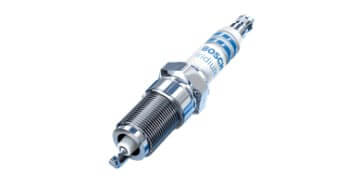
Suspension, Steering, and Tires
The suspension system helps to control the vehicle’s up and down movement. The steering system controls the vehicle’s directional movements. The tires connect the vehicle to the road.
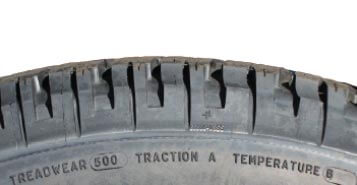
Braking System
The braking system slows and stops a vehicle.
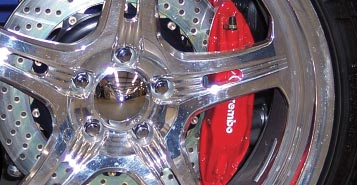
Drivetrain
The drivetrain transfers the power from the engine to the wheels.
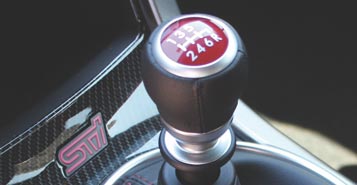
Exhaust and Emission System
The exhaust and emission system removes exhaust from the engine, quiets engine combustion, and lowers vehicle pollutants.
